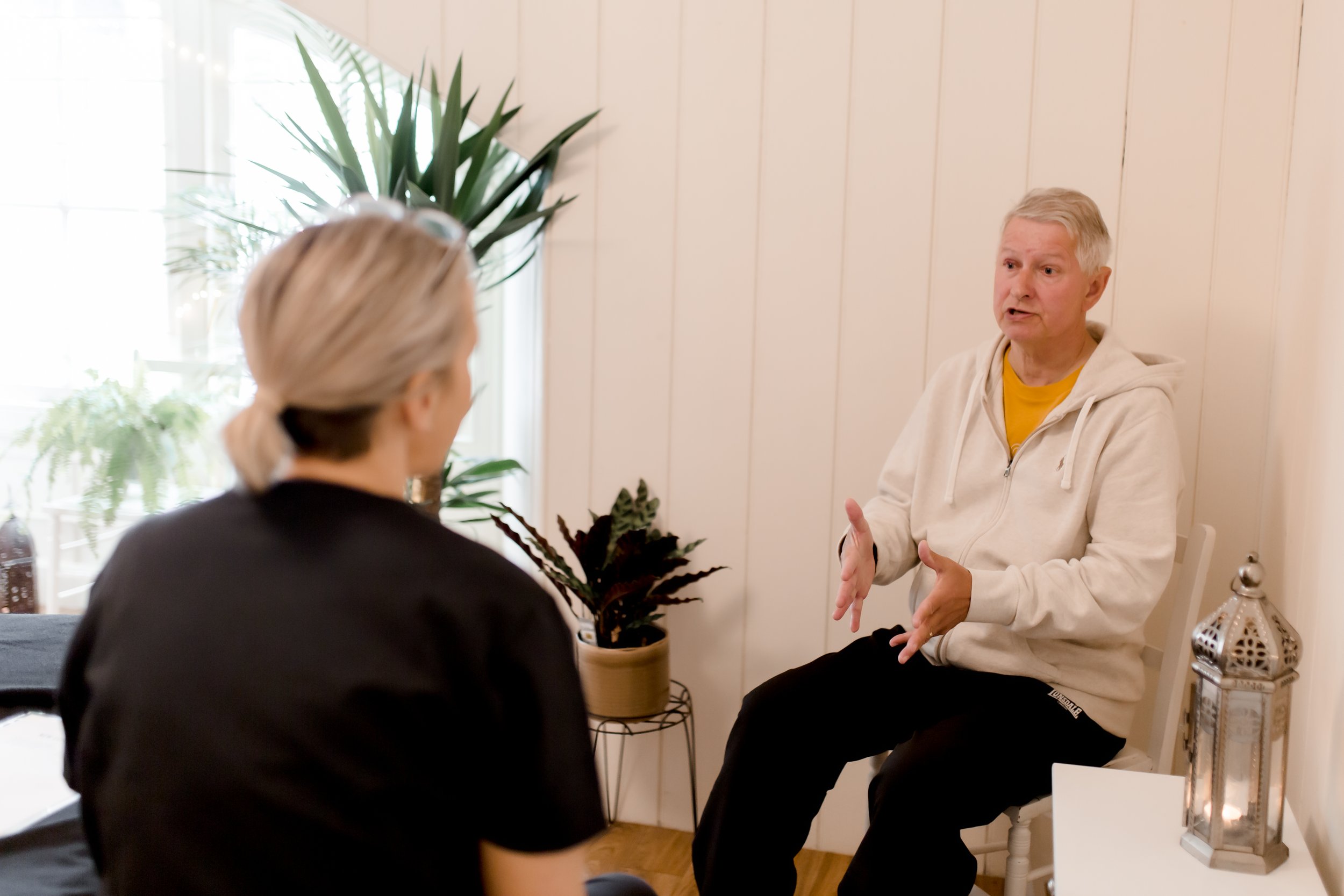What the Heck is a STT?
What is a Soft Tissue Therapist? What is the difference between what you do and a physiotherapist, sports therapist, or chiropractor? Aren’t you just a massage therapist?
Back in the day different muscular-skeletal professions were very much defined by their particular approaches especially as far as hands on work is concerned, so you would go to a physio for rehab, a sports therapist or PT for fitness, a chiropractor for spinal manipulations, a massage therapist for well massage and so on. However now the gold standard for evidence informed professional practice is based on client centred care and the biopsychosocial model these traditional roles have become much more blurred. As Jo Turner from Courtyard Clinic recently wrote in her blog “Choose the Therapist not the Therapy” matching people to people, rather than to profession is more beneficial.
Having said that when we deliver massage in a therapeutic context rather than for leisure we do have to firstly adhere to practice informed by evidence rather than belief, then combine that with our clinical expertise and client expectations. Our background knowledge must be of a high standard even if the hands on aspect feels the same.
The ISRM definition of a Soft tissue Therapist is : “A person centred approach to the assessment, treatment and rehabilitation of minor and chronic musculoskeletal pain and injury.” I would in fact also add emotional pain to that definition.
As soft tissue therapists yes many people so come for us predominantly for massage, and that is okay, however, people do not realise that as fantastic as we are at massage we can do much more within our scope of practice!
A STT may use massage as a context for some of that treatment but we have a broader scope than “just rubbing people” and knowledge that informs the massage we give.
We assess: this takes place through our consultation form, our initial conversation (this might be verbally and/or asking you to make certain movements) and throughout the appointment (the massage itself is a really useful way of continuing assessment). This allows us firstly to rule out any red flags (where you may need to be referred to someone for a diagnosis, to rule out anything more serious, or to someone who is better placed to help you at that stage of your injury) and then to best formulate a plan together to work towards your goals.
We treat: this is often through massage but may also be through advice, sharing knowledge, sharing resources, reassurance, signposting, support.
We rehabilitate: we can help facilitate recovery through supporting you with movement strategies that get you back to doing the things you have been struggling with, be that everyday activities, fitness or sports. The massage itself can even incorporate the first stages of rehabilitation- showing change is possible, calming things down, making a sore area feel good, de threatening movement, allowing respite from pain in which to begin rehabilitation, facilitating rest, being better able to notice how you are moving.
So many of the things you may have traditionally gone to see a different practitioner for.
There may still be times when we would refer you to another practitioner, and that is also a skill. Knowing when it is in a clients best interest to get checked out by someone with a different skill set and who to recommend. Building up a good “little black book” or reputable local specialists in their field such as PT’s, gyms, classes, physiotherapists, menopause specialists, etc is also part of our job.

